If I would like to be pedantic, I would say that your question doesn't make sense, but since we are approaching christmas and the birds are singing, I'll proceed with this.
First off, the 2 entities that you are trying to compare are glyphs, a glyph is part of a set of glyphs provided by what is usually know as a "font", the thing that usually comes in a ttf, otf or whatever file format you are using.
The glyphs are a representation of a given symbol, and since they are a representation that depends on a specific set, you can't just expect to have 2 similar or even "better" identical symbols, it's a phrase that doesn't make sense if you consider the context, you should at least specify what font or set of glyphs you are considering when you formulate a question like this.
What is usually used to solve a problem similar to the one that you are encountering, it's an OCR, essentially a software that recognize and compares glyphs, If C# provides an OCR by default I don't know that, but it's generally a really bad idea if you don't really need an OCR and you know what to do with it.
You can possibly end up interpreting a physics book as an ancient greek book without mentioning the fact that OCR are generally expensive in terms of resources.
There is a reason why those characters are localized the way they are localized, just don't do that.
